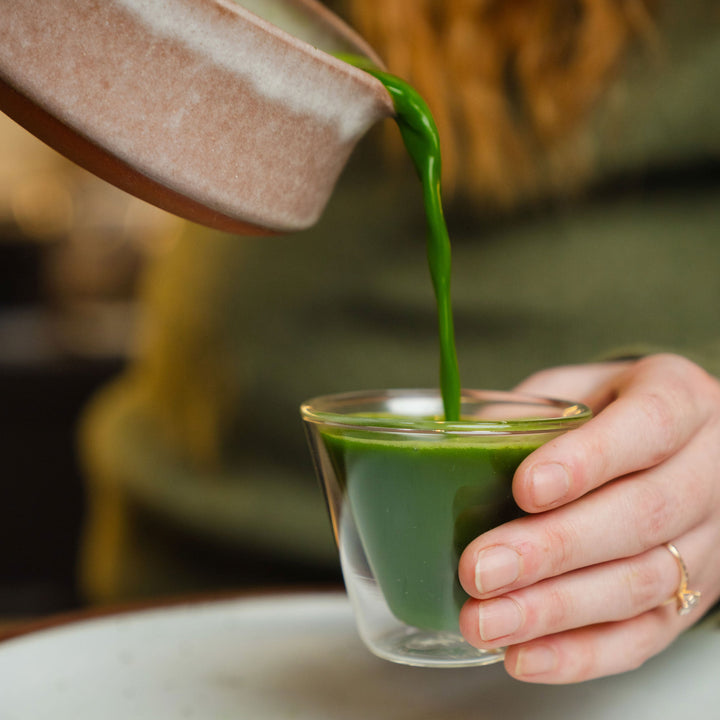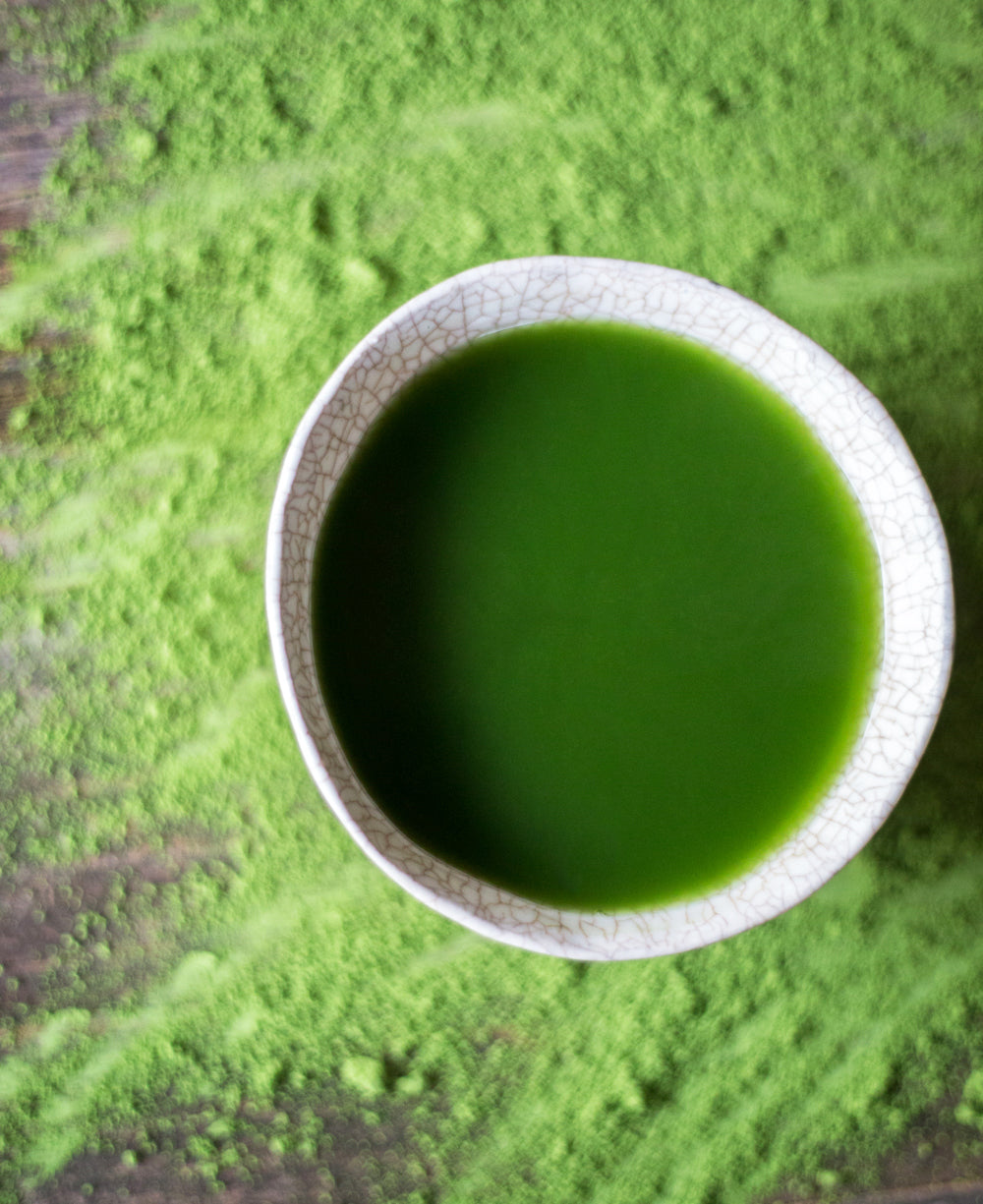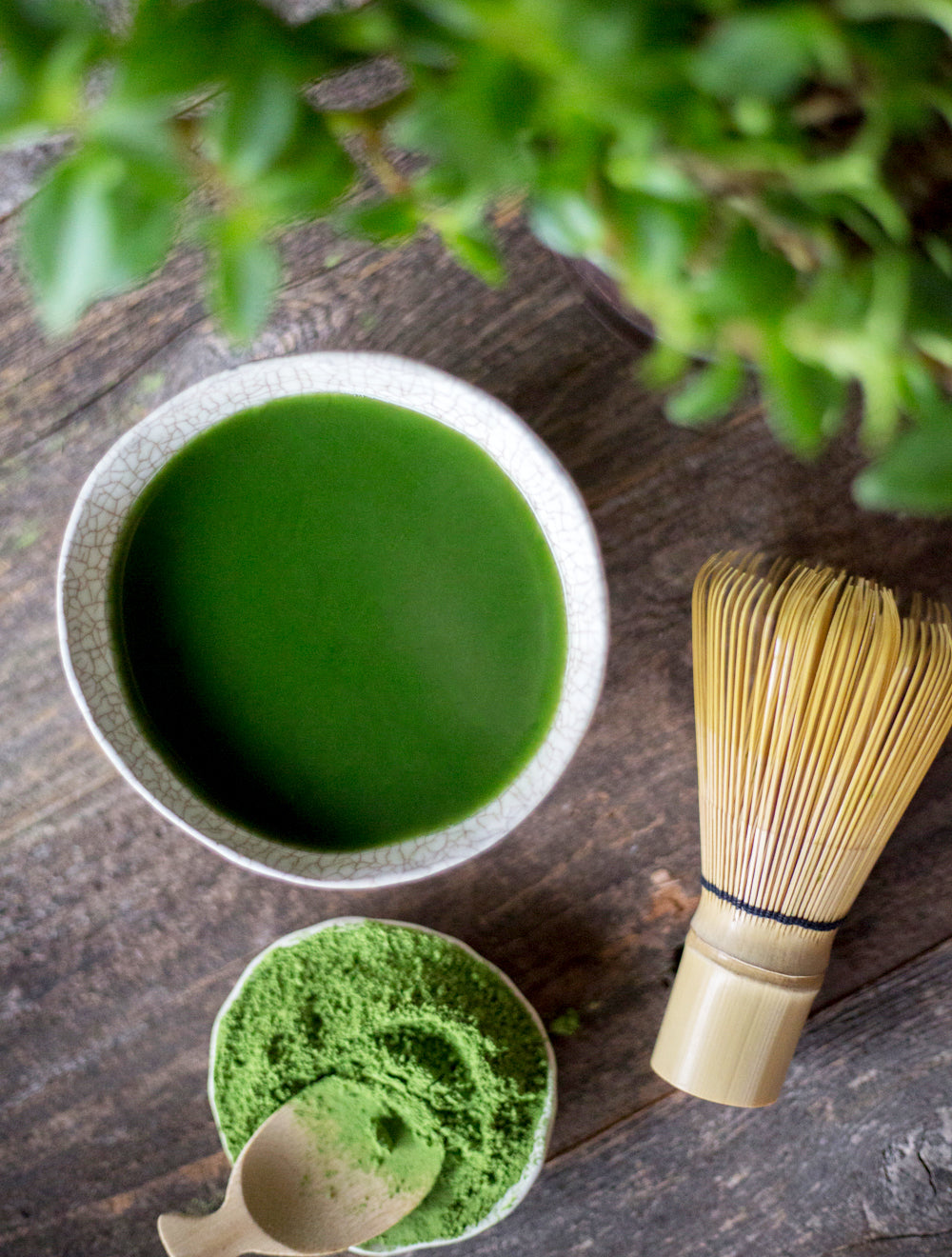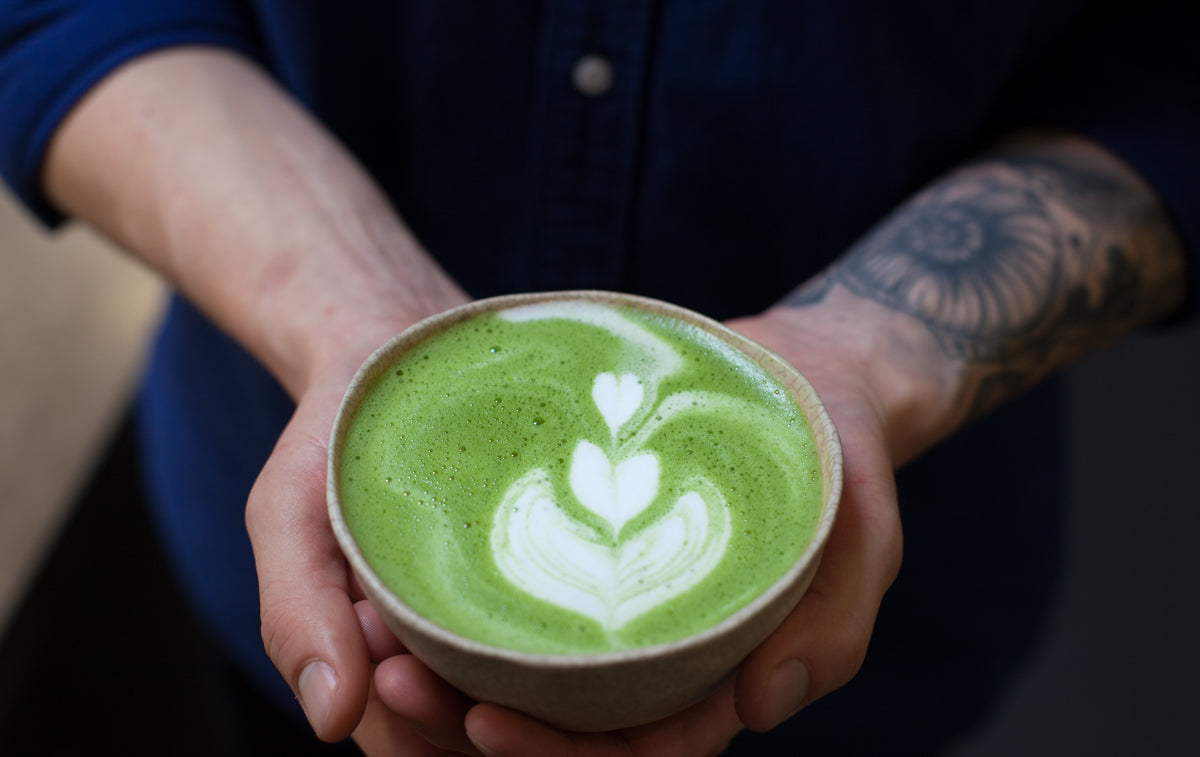Matcha can seem intimidating to make at home due to its somewhat unfamiliar powder form, but what you may not know is that you can actually prepare Matcha in less time than it takes to steep any regular cup of green tea. Explore all of the Smith Teamaker techniques for how to make Matcha in the sections below.



Matcha History
The traditional tea of the Japanese tea ceremony, Matcha has been prepared for more than 800 years and is unique in its production and preparation. The growing process of this nutrient-rich powdered tea is an involved and delicate one that begins at the garden level. Unlike other green teas which grow in direct sunlight, Matcha is made from tea plants that are shaded in the final few weeks before harvest. The diffused light promotes the development of chlorophyll, increases L-Theanine (an amino acid) content, brightens color and creates a sweeter cup of tea.⠀
After plucking, the leaves are steamed. This steaming process develops the flavor and neutralizes the oxidizing enzyme so the leaves maintain a vibrant green color. They are then put through a rolling and drying process, along with a special step through a machine that removes the veins and stems of each leaf. The tea that results from this process is called Tencha, which is then refrigerated until it is ready to be ground. In the final step, Tencha leaves are placed in small amounts on a granite grinder to make its signature fine powder.
Our matcha is harvested in early spring in Katsura, Gifu Prefecture. Brilliant green in color, it has a rich, slightly sweet vegetal flavor and aroma, with tasting notes of spirulina, cashew and malt.
how to make matcha
- Measure between 1/2 - 1 teaspoon of Matcha powder, depending on flavor preference, and sift it into your Matcha bowl.
- Bring 6-7 ounces of spring or freshly drawn filtered water to 175℉.
- Slowly add water to bowl in stages. We recommend adding and whisking three times. Watch the video above for reference.
- Using a bamboo Matcha whisk, vigorously whisk back and forth until well dissolved and slightly frothy.
- Repeat until all water has been added.
- Step back, relax and enjoy.
notes on preparation
- Using less Matcha powder will give you a sweeter, lighter flavor, while using more Matcha powder will give you a stronger vegetal flavor characteristic of Matcha. We recommend playing around with ratios until you find the ideal recipe for you.
- Matcha is a dry, finely ground powder that can easily pull in moisture, so it tends to clump up. Sifting the powder is an important step in making Matcha beverages because it ensures that no clumps will make it into your cup, giving you a cleaner and creamier flavor.
- For best flavor, do not use water above 175℉ to prepare Matcha. Similar to other green teas, cooler water provides softer and sweeter flavor profiles, while hotter water makes for a more coarse and sharper flavor. At 175℉, your drink will remain warm; however, the water temperature is low enough that the Matcha will taste its best.

How should matcha be whisked?
Matcha is customarily mixed with a bamboo whisk, an artful tool crafted from a single piece of bamboo and perfected by centuries of careful handiwork and tradition. The purpose of whisking the Matcha is to remove any clumps in the powder and completely incorporate it with the water.
Whisking in a zig-zag motion produces a frothy consistency in the tea, while whisking in a circular motion mixes the powder more evenly throughout the bowl. Typically both techniques are used to make sure all the powder is distributed from the bottom of the bowl and dissolved. While whisking, we recommend keeping the bowl flat on your countertop rather than holding it in your hand so that you have a steady foundation for whisking. It can also help to lock your elbow as you whisk for more precise movements.
Continue whisking until the powder is fully incorporated, about 30 seconds. It’s helpful to keep in mind that you should move the whisk in ways that use the most surface area of the whisk, grazing the side of the whisk against the bowl rather than just the tips. Some believe the bottom of the whisk should not touch the bottom of the bowl, but we encourage you to play around and experiment for yourself

Why doesn't matcha need to be steeped?
Unlike other green teas that have a recommended steep time of three minutes, Matcha does not need to be steeped. The purpose of steeping is to extract flavor from the tea leaves, and then discard the leaves once they are extracted. With Matcha, you are consuming a powdered form of the entire tea leaf, rather than extracting the flavor out. This is part of why Matcha is touted for its health benefits. By drinking Matcha, you are consuming many components you wouldn’t normally get from just steeping tea leaves.
Some steeping does occur during the preparation process, but this isn’t necessarily the goal, and it only has a small impact on the total experience. Adding water to the powder is really meant to dilute the Matcha enough to whisk it into a liquid-like paste in order to drink it as a beverage.

More Matcha Recipes
Matcha has become a very popular ingredient to cook and create with because its powder form makes it easy to incorporate into several different kinds of recipes. Other than ceremonial Matcha, you can use Matcha powder to make lattes, milkshakes and other culinary concoctions. Find our Matcha Recipes to start exploring.